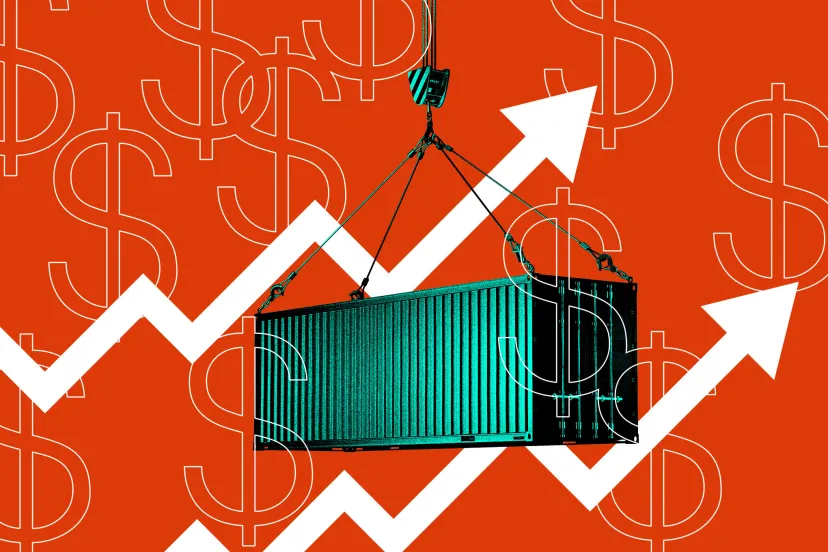On February 1, 2025, President Donald Trump announced significant tariffs on imports from Canada, Mexico, and China, citing national security concerns and the need to combat illegal immigration and drug trafficking. These tariffs are set to take effect on February 4, 2025, and are expected to have widespread economic consequences both domestically and internationally.
Table of Contents
Details of the Tariffs
- Canada and Mexico: A 25% tariff will be imposed on all imported goods.
- China: A 10% tariff will be applied to imported goods.
- Canadian Energy Resources: A lower tariff of 10% will be levied on energy imports.
Rationale Behind the Tariffs
The administration justifies these measures under the International Emergency Economic Powers Act (IEEPA), arguing that Canada, Mexico, and China have failed to curb the influx of illegal drugs, particularly fentanyl, into the United States. The Trump administration has framed these tariffs as a necessary step to safeguard American citizens from the threats of drug abuse and illegal immigration, reinforcing its stance on strong border control and national security.

Economic Implications
While the administration asserts that these tariffs will boost domestic manufacturing and protect American industries, many economists warn of potential negative consequences:
- Increased Consumer Prices: Importing companies are likely to pass the additional costs onto consumers, leading to higher prices for essential goods such as electronics, clothing, pharmaceuticals, and automobiles. This could put financial strain on American households, particularly lower-income families who rely on affordable imported products.
- Market Volatility: Financial markets have already shown signs of unease, with declines observed in the U.S., Canadian, and Mexican stock markets. Analysts predict further economic uncertainty and potential inflation as businesses adjust to the increased costs.
- Impact on Businesses: Small and medium-sized enterprises (SMEs) that rely on imported raw materials or finished goods will bear the brunt of these tariffs. Many businesses may struggle to absorb the costs, leading to potential layoffs or even closures.
International Responses
The affected countries have expressed strong objections and are preparing retaliatory measures:
- Canada and Mexico: Both nations have announced counter-tariffs on U.S. goods, which could significantly impact American industries, including agriculture and manufacturing. American farmers, who export a substantial amount of produce to Canada and Mexico, may face declining revenues as demand for their products drops due to higher prices.
- China: The Chinese government has stated its intention to challenge the U.S. tariffs through the World Trade Organization (WTO) and implement unspecified countermeasures. Given China’s history of retaliatory tariffs, U.S. industries reliant on exports to China, such as technology and agriculture, may see a sharp decline in sales.
Potential Domestic Impact
Economists caution that these tariffs could lead to broader economic challenges, including:
- Rising Inflation: The increased costs of imported goods may contribute to higher overall inflation rates, further straining consumer budgets.
- Economic Slowdown: The combination of higher consumer prices, reduced consumer spending, and potential retaliatory measures from affected countries could slow economic growth and increase unemployment rates.
- Supply Chain Disruptions: Many U.S. companies rely on global supply chains to source parts and materials. The sudden imposition of tariffs could lead to delays, increased production costs, and reduced efficiency in multiple industries.
What’s Next?
As these tariffs come into effect, their full impact on the U.S. economy and international relations remains to be seen. Businesses and consumers should prepare for potential price increases, shifting market trends, and possible job market disruptions. Experts suggest that industries and policymakers will need to closely monitor economic indicators and consider alternative strategies to mitigate negative effects.
With trade tensions rising, the future of U.S. global trade policy remains uncertain. Will these tariffs strengthen the U.S. economy, or will they trigger a broader trade war? Only time will tell.







